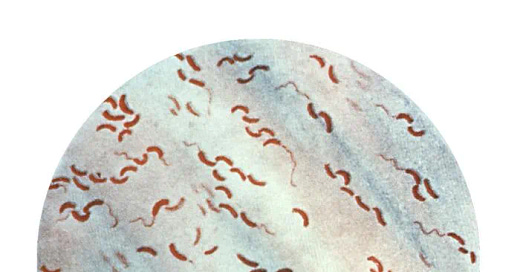In a follow-up on the cholera outbreak in Angola, since the beginning of the outbreak, a cumulative total of 1,081 cases have been reported from six provinces since January 7.
The first case was registered in the Cacuaco Municipality of Luanda Province, which is located in a suburban area, with a population of around 1,225,220 inhabitants.
748 cases, or 69 percent of the total were reported in the Province of Luanda, 201 in the Province of Icolo and Bengo, 124 in the Province of Bengo, 3 in the Province of Malanje, 3 in the Province of Huambo and 2 in Province of Huíla, aged between 2 and 86 years, of which 527 (49.0%) male and 554 (51.0%) female.
Children and women are the most affected. Highest case count is 13 for age group 2-9 (6 in age group 2-5, and 7 in age group 6-9), followed by 8 in the age group of 10-19.
In addition, 45 deaths have been reported, of which 32 in the Province of Luanda.
With the confirmation of the first case on 7 January 2025, the Ministry of Health, Government of Angola declared an outbreak of Cholera. On 8 January 2025, the Minister of Health convened the first National Coordination Technical Meeting. Directors of national, municipal and general hospitals, along with the Directors of provincial health, ministerial departments and partners attended the meeting. The Technical Commission activated the National Plan for Cholera Response. Resources were mobilized for health workers and medical staff.
Subscribe to Outbreak News TV on YouTube
On January 27, 948,500 doses of vaccines arrived in Angola for a vaccination campaign.
In addition, UNICEF has provided WASH supplies including bleach, water treatment materials, buckets, soaps distributed; Education supplies including handwashing stations, tents, soaps and hand sanitizers for schools; Information and sensitization materials prepared and distributed and Community health workers trained to reduce the spread using CATI approach.





